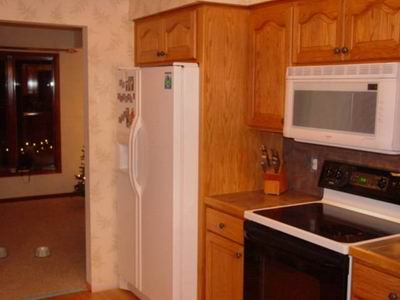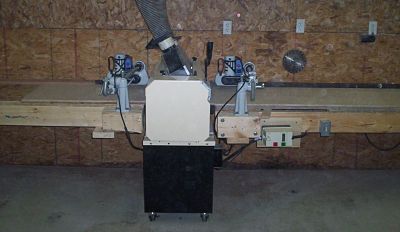Question
Do you make the face frame flush on the inside of the box? I use 2" ff and leave a 1/4" reveal on the outside of the box (more if it is a scribe) and the rest on the inside. With this method I have to use drawer slide hangers on the back and they can be a pain to align properly in a short period of time. If it was flush on the inside, I could attach the drawer slides directly to the box. Should save time and money. Any suggestions or cautions?
Forum Responses
From contributor A:
We leave 1/32" on each side of the cabinet on the inside. This allows for some minor misalignment, but still allows for the attachment of hardware directly to the verticals. If you use the undermount slides by Blum or another similar slide, there is virtually no risk of conflict. If you use a side mount slide such as Accuride, you may want to leave less room on the inside. We attach our face frames with pocket screws, and they tend to distort the side/frame alignment ever so slightly. That is why we leave the 1/32". Using this method, most of the Eurobox style cabinet construction can be incorporated into your design.
Another possible benefit of the flush insides? Can I use the Blum inset hinges used by the frameless guys to install inset doors? I hate the barrel hinges because they are easy to adjust.
I would design the cabinet/face frame relationship for aesthetics and then apply whatever thickness of packer is necessary to bring the side panel about 1/16" to 1/8" setback from the edge of the face frame on the side. The setback makes the scribe to the wall easier as perfect on-site installation alignment is not necessary. If one uses a 1-1/2" stile over two pieces of material that are 3/4" allows for no delineation of face frame and side panel. In that case I would put a v groove at the face frame panel junction to make it look better.
I have used the block method before for inset doors. I don't mind them… I don't get calls for too many, anyway. But I don't like doing the drawer slides much. I can't find any jigs designed to help install them on ff cabinets. There are some for frameless but none that I know of for ff cabinets. I didn't know if the flush method would eliminate my hassles without compromising the looks or creating other hassles.

Comment from contributor F:
The original poster mentioned using frameless hinges for inset doors. We rarely use frameless hinges, even on frameless cabinets. The standard faceframe hinge works perfectly and mounts exactly as it would on a faceframe, so there's no measuring or jig for setting the setback.
Also, Salice has a faceframe plate for inset doors. It works beautifully. It requires that the faceframe overlay the inside of the panel by 5/8".
We set up our interior panels to sit flush to one side of a drawer opening whenever possible, and simply add fillers of the interior material where it's not.
As an alternative you can use 1" plastic "distance blocks" to get the slide clear of the faceframe. I think there's another company that makes stackable blocks like these so you can make pretty much any thickness you want.
But the simplest is to use fillers made of the interior material to bring the panel flush with the faceframe.
